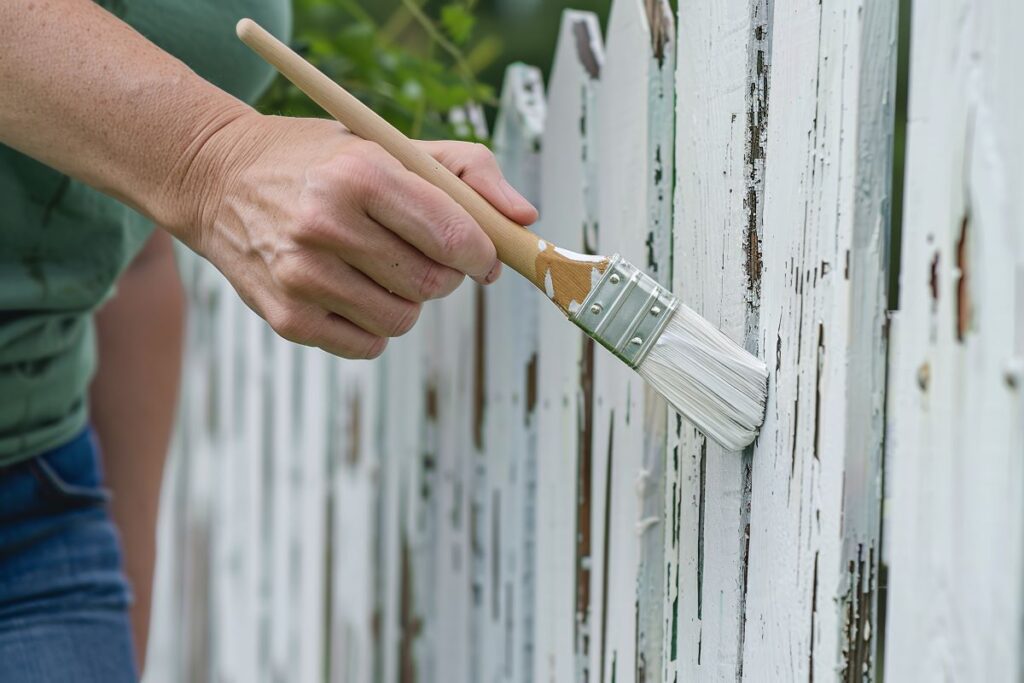Home Exterior's Painting
The Ultimate Guide to Prepping
Your Home’s Exterior for Painting
Harder Than You Thought
Painting the exterior of your home can be a daunting task, but with proper preparation and attention to detail, you can achieve professional-looking results. However, many homeowners make common mistakes that can lead to unsatisfactory outcomes and even damage to their property. To help you avoid these pitfalls, here is a list of the most common mistakes homeowners make when painting the exterior of their home themselves:

Top 10 Mistakes to Avoid When Painting Your Home's Exterior
1. Lack of Proper Preparation
One of the most common mistakes homeowners make when painting the exterior of their home themselves is failing to properly prepare the surface. This includes not cleaning the surface thoroughly, not sanding down rough areas, and not priming the surface before applying paint. Proper preparation is essential for achieving a smooth and long-lasting finish.
2. Choosing the Wrong Paint
Another mistake homeowners often make is selecting the wrong type of paint for the exterior of their home. Using interior paint instead of exterior paint can result in the paint peeling or fading quickly due to exposure to the elements. It is crucial to choose a high-quality exterior paint that is designed to withstand weather conditions and provide long-lasting protection for your home.
3. Skipping the Primer
Some homeowners may try to cut corners by skipping the primer when painting the exterior of their home. However, primer is essential for ensuring proper adhesion of the paint to the surface, as well as for covering stains and creating a smooth base for the topcoat. Skipping the primer can lead to an uneven finish and paint peeling over time.
4. Not Using the Right Tools
Using the right tools is essential for achieving a professional-looking paint job. Many homeowners make the mistake of using cheap or inadequate tools, such as low-quality brushes or rollers. Investing in high-quality brushes, rollers, and other painting tools can make a significant difference in the final result and help avoid streaks, drips, and other imperfections.
5. Ignoring Weather Conditions
Painting the exterior of your home in the wrong weather conditions can lead to a subpar finish and even damage to the paint. Painting in extreme heat can cause the paint to dry too quickly, leading to brush marks and uneven coverage. On the other hand, painting in cold or rainy weather can prevent the paint from adhering properly, resulting in peeling or flaking. It is essential to check the weather forecast and choose a day with mild temperatures and low humidity for optimal painting conditions.
6. Overlooking Repair and Maintenance
Before painting the exterior of your home, it is crucial to inspect the surface for any damage, such as cracks, holes, or rot. Ignoring these issues and painting over them can lead to further deterioration and compromise the integrity of your home. It is important to address any repairs and perform proper maintenance before starting the painting process to ensure a long-lasting finish.
7. Rushing the Job
One of the most common mistakes homeowners make when painting the exterior of their home themselves is rushing the job. Painting requires patience, attention to detail, and proper planning to achieve a professional-looking finish. Rushing through the process can result in missed spots, uneven coverage, and other imperfections that detract from the overall appearance of your home. Take your time, follow the proper steps, and do not cut corners to ensure a quality paint job.
8. Not Following Proper Safety Precautions
Painting the exterior of your home can be a hazardous task, especially if you are working at heights or using chemicals. Many homeowners overlook safety precautions, such as wearing protective gear, using ladders correctly, and working in well-ventilated areas. Neglecting safety measures can result in accidents, injuries, or health risks. It is essential to prioritize safety and take necessary precautions to protect yourself and others during the painting process.
Conclusion
Painting the exterior of your home can be a rewarding DIY project, but it is important to avoid these common mistakes to achieve a professional-looking finish. By properly preparing the surface, choosing the right paint, using the correct tools, considering weather conditions, addressing repairs, taking your time, and prioritizing safety, you can ensure a successful painting project that enhances the curb appeal and longevity of your home.